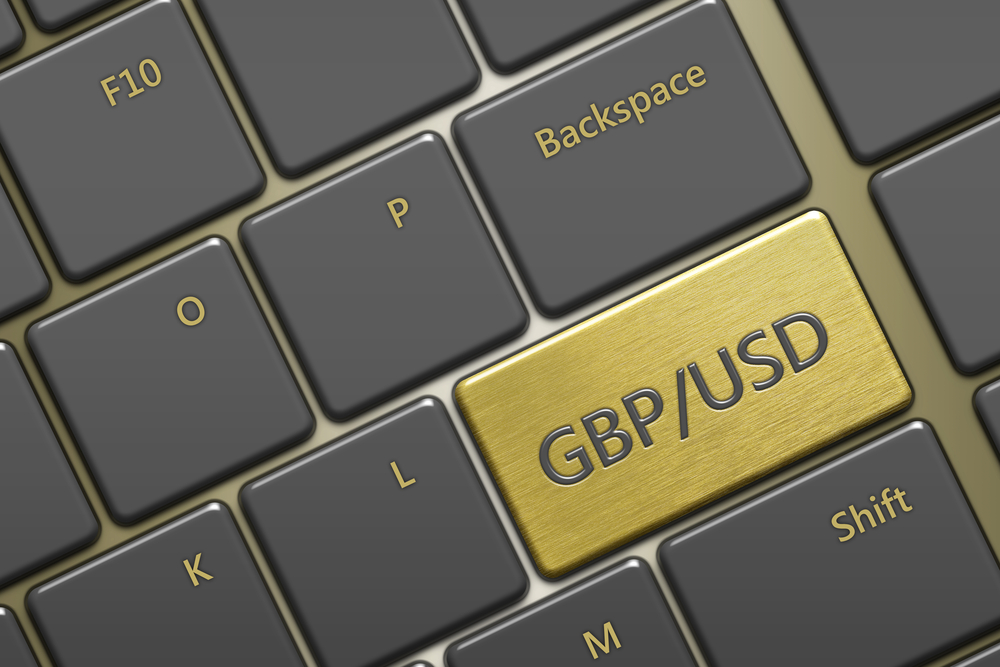- Summary:
- Unlike its counterparts, GBPUSD is trading higher amid coronavirus fears. Can it hold on to its gains and rally past 1.3000?
Unlike its higher-yielding counterparts, the pound closed yesterday’s trading in the green despite risk aversion. GBPUSD traded to an intraday high of 1.2989 before closing the day at 1.2957, 7 pips higher than its opening price.
Fears about the coronavirus outbreak once again sparked risk aversion. This was triggered by reports that China has logged 14,480 new cases of the coronavirus overnight–the largest single-day increase since the outbreak started! The Chinese government has since then been scrambling to try and contain the infection.
Today, GBPUSD found some bids as the RICS reported an increase in UK house prices for January. The RICS House Price Balance report printed at 17% and topped expectations for a 3% uptick. This was bullish for GBPUSD because rising house prices could keep the BOE from easing monetary policy.
Read our Best Trading Ideas for 2020.
GBPUSD Outlook
On the hourly time frame, we can see that the currency pair is on a short-term uptrend. This is apparent when you connect the lows of February 10, February 11, and February 13. However, a closer look at GBPUSD’s recent highs showed that it made a lower high after a series of higher highs. Consequently, a head and shoulders pattern has formed.
If there are enough buyers in the market to push the currency pair above yesterday’s highs, the bearish chart pattern will be invalidated. It could suggest that GBPUSD may soon trade to 1.3020. On the other hand, a close below today’s low at 1.2943 would mean that trend line and neck line support will have been broken. GBPUSD could then trade lower to this week’s lows at 1.2870.


